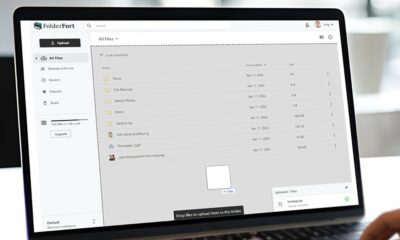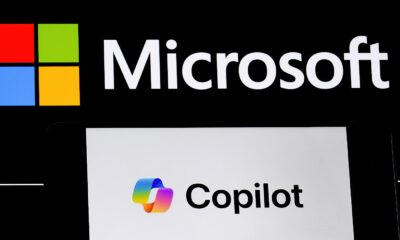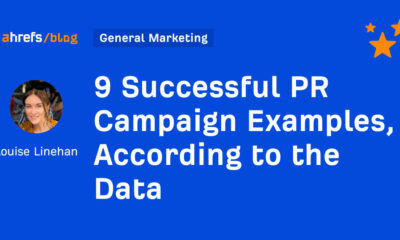MARKETING
3 ways to optimize first-party data collection
“Our digital future was happening well before a global pandemic; it just simply accelerated it,” said Mark Bornstein, VP of content marketing at ON24, in his presentation at The MarTech Conference. “But the way in which we engage has changed, and our ability to learn about people is changing as well.”
Industry experts have been well aware of the digital-first environment for years now. In fact, Gartner said that by 2025 almost 80% of B2B interactions between suppliers and buyers would happen through digital channels — and that was before the 2020 pandemic accelerated digital even further.
But, if marketing and sales teams can’t keep up with the acceleration of digital channels, customers will be more likely to abandon their brands. That’s why Bornstein recommends marketers take advantage of the wealth of resources offered by first-part customer data.
Here are three ways he recommends brands optimize first-party data collection.
Give viewers choices during webinars
“It’s amazing how webinars have changed over the past few years,” Bornstein said. “They’re more like TV programs than the PowerPoints of old. We see more conversational formats, such as interviews and talk shows. The audience is a much bigger part of the experience.”
He added, “We see companies creating experiences where audiences are not just watching a presentation, but they’re involved in it.”

Bornstein highlighted a webinar he liked that allowed users to make their own choices: You could click on webpages and different URLs, or ask for a meeting in real-time and then go to a calendar and schedule an event. Giving users options while viewing webinars can help brands make these digital experiences more engaging.
“When I talk about self-selection, that’s what I mean,” he said. “Some people are going to be top-of-funnel, and some people are going to be mid-funnel. And some people are going to be ready to engage with your company — you need to provide them with those options.”
Craft interactive content hubs
“We’re seeing more personalized content hubs,” said Bornstein. “No matter what page you navigate to, you’re going to get something specific, whether it is on a website or a targeted landing page.”


When marketers share content pieces from these hubs, Bornstein recommends adding multiple interactive elements to foster even more user engagement. Whether it’s an inviting CTA, an enrollment button, or a chatbot, marketers can enrich content experiences through interactive hubs.
The authoritative, informative content remains the most important element of these hubs, but marketers will miss out on conversion opportunities if they don’t help foster engaging reading experiences.
“Anything is possible with content experiences,” Bornstein said.
Get the daily newsletter digital marketers rely on.
Develop immersive virtual events
“A great virtual event experience is not just streaming presentations to an audience,” said Bornstein. “That’s not interactivity, and you’re not going to learn anything about those people.”
Bornstein and his team got a wake-up call about the necessity of interactive virtual events once the pandemic hit in 2020. They were in the middle of a big company tour and had to end it abruptly. Instead of hosting the next big event, they quickly shifted it into a virtual format. Then, they began brainstorming ways to collect valuable first-party customer information.
Instead of giving out free products and asking attendees to meet with event speakers (as in a live event), Bornstein’s team decided to offer interactive digital content options to keep audiences engaged in their virtual environment.


There are many interactive technologies available, so marketers would be wise to incorporate them into virtual events. The key differentiator between boring and engaging events may lie in the way they bring viewers into the experience.
“The smart marketers out there are not building virtual events to be presentations,” said Bornstein. “They’re building virtual events as real experiences.”



















You must be logged in to post a comment Login